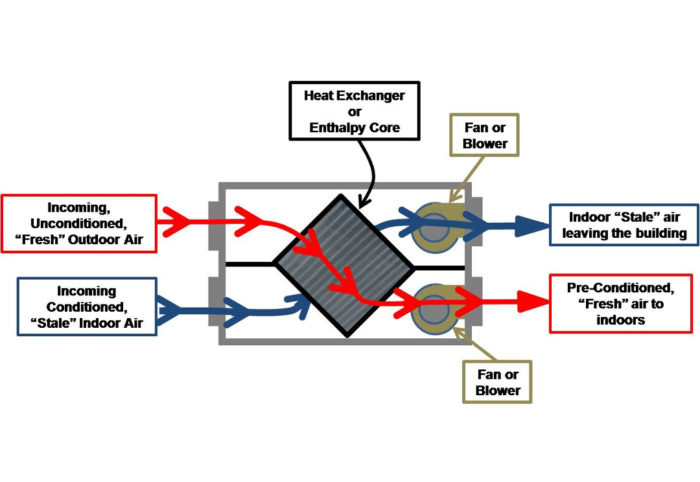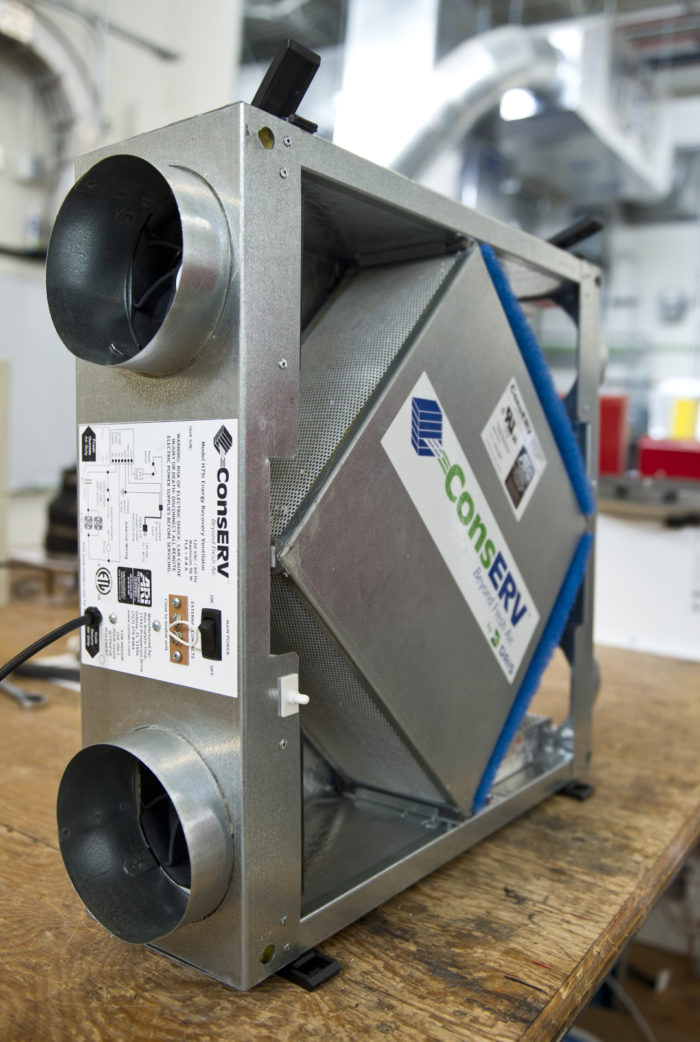The Role of HRV in Green Homes
Exploring the Conveniences of Heat Recovery Ventilation for Energy Effectiveness in Homes
Heat Recovery Ventilation (HRV) systems supply homeowners a useful approach to boosting power effectiveness. By redeeming warmth from outward bound air, these systems can considerably reduce cooling and heating costs. In addition, they supply a stable supply of fresh air, improving interior air quality and convenience degrees. As homeowners take into consideration lasting options, recognizing the nuances of HRV systems becomes significantly essential. What variables should one examine before making such an investment?
Understanding Heat Recovery Ventilation Solutions

How HRV Boosts Indoor Air Quality

Energy Cost Savings: The Monetary Benefits of HRV
Maximizing power efficiency, heat recovery ventilation (HRV) systems provide considerable financial benefits for property owners. By recouping and recycling warm from exhaust air, HRVs noticeably reduce cooling and heating costs. This technology can bring about energy savings of as much as 30%, depending on climate and use patterns. House owners frequently discover decreased energy expenses shortly after installation, making HRVs a monetarily sensible financial investment with time. Additionally, several areas supply incentives or refunds for energy-efficient upgrades, further boosting the monetary appeal. As power costs continue to climb, the cost-effectiveness of HRVs comes to be progressively clear. Overall, the unification of HRV systems not just promotes power performance yet likewise adds to lasting monetary cost savings for houses.
The Ecological Effect of Heat Recovery Ventilation
A substantial environmental benefit of heat recovery ventilation (HRV) systems exists in their capability to reduce general official site power intake. By recovering warmth from exhaust air and moving it to incoming fresh air, HRV systems minimize the need for energy-intensive home heating and cooling down techniques. This reduction in energy demand adds to reduce greenhouse gas discharges, as less nonrenewable fuel source is called for to maintain comfortable indoor temperature levels. In addition, HRV systems boost interior air top quality by efficiently exchanging stagnant air with fresh outside air, decreasing reliance on mechanical cooling systems that can damage the environment. In general, the application of HRV systems sustains sustainable living practices and lines up with international efforts to deal with climate adjustment by promoting power efficiency in property setups.
Picking the Right HRV System for Your Home
How can house owners ensure they pick the ideal heat recovery ventilation (HRV) system for their needs? They ought to evaluate their home's size and layout, as these factors influence air movement requirements. Next, evaluating the system's efficiency ratings is vital, as higher rankings show far better efficiency and energy savings. House owners must likewise think about installment and maintenance costs, contrasting various brands and versions for worth. In addition, it is essential to examine noise degrees, as some systems run more silently than others. Consulting with HVAC specialists can supply tailored recommendations based upon certain home problems. Ultimately, taking a look at customer reviews and service warranties can aid in making a notified decision, ensuring that the picked HRV system effectively official website improves indoor air quality and energy efficiency.
Regularly Asked Concerns

How Usually Should I Clean or Keep My HRV System?
The regularity of cleaning or preserving a warm healing air flow (HRV) system normally depends on use and environmental aspects. Generally, it is a good idea to do maintenance every six months to assure peak efficiency and air top quality.

Can HRV Solutions Assist Minimize Moisture Degrees Inside?
HRV systems can effectively lower indoor humidity levels by trading stagnant, damp air with fresh, drier air from outside. HRV Heat Recovery Ventilation. This procedure aids maintain a well balanced interior environment, boosting comfort and stopping moisture-related issues
What Is the Lifespan of a Common HRV System?
The lifespan of a typical heat recovery ventilation (HRV) system differs, typically lasting in between 10 to 15 years. Regular maintenance can expand its effectiveness and functional life, ensuring peak performance throughout its usage duration.
Exist Any Kind Of Noise Interest In HRV Systems?
Noise worry about HRV systems can emerge, specifically from follower procedure. However, lots of contemporary devices are developed to lessen sound levels, ensuring they run silently while preserving click effectiveness, which deals with prospective disruptions in living atmospheres.
Can I Mount an HRV System Myself, or Do I Required a Specialist?
The specific contemplated whether to set up the heat recovery ventilation (HRV) system personally or work with a professional. Normally, while do it yourself setup is feasible, proficiency warranties correct performance and compliance with regional building ordinance, boosting system effectiveness.